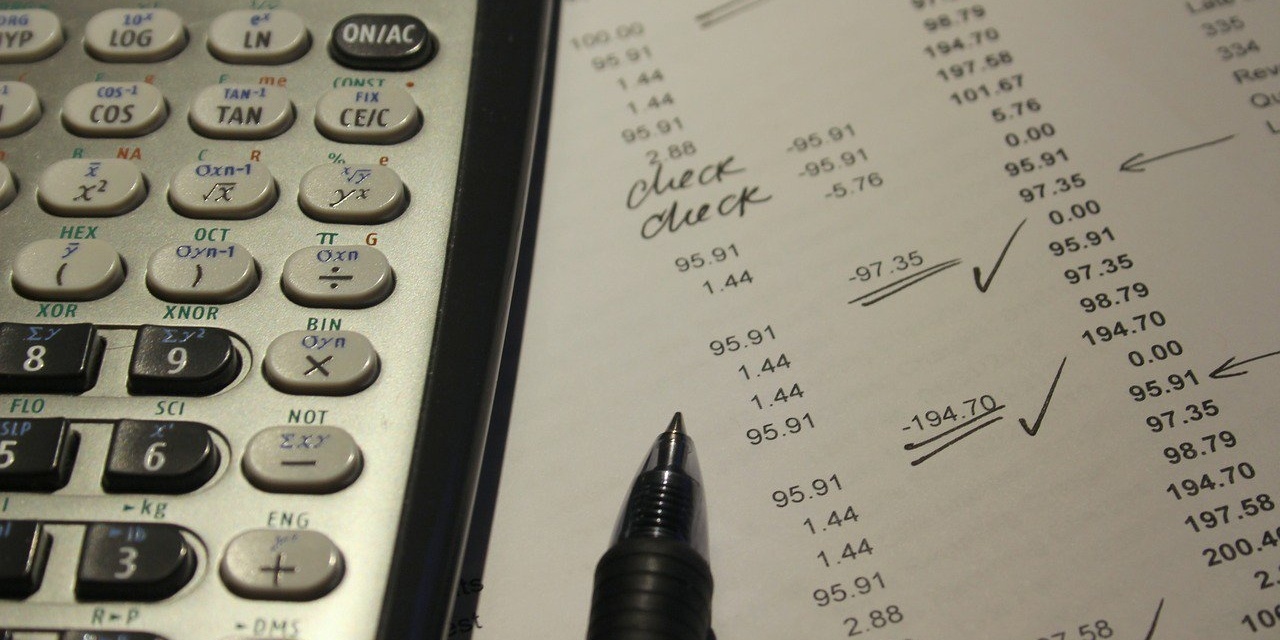How to Dispute an Item on Your Credit Report
You credit report says a lot about you: where you live and work, whether you make your bill payments on time, how much debt you have, and whether you've filed for bankruptcy. It's how mortgage companies, credit card companies, refinancing companies, to name a few, decide whether or not to approve a loan for you and what your interest rate will be.
But what if there's an error, or even potentially fraudulent accounts, on your credit report? Let's walk through what you should to dispute these errors.
Check your credit report once a year
Checking your credit report regularly is one way to ensure that your personal and financial information hasn't been compromised by fraudulent accounts. You're entitled to a free credit report once a year from each of the three major credit bureaus — Equifax, Experian, and TransUnion. You can request all three at AnnualCreditReport.com.
If you do find errors, both you and the company providing the information to the credit bureaus are responsible for correcting your information. Take the following steps to dispute the items, as recommended by Federal Trade Commission:
1. Submit a dispute letter in writing
You'll need to submit a letter to the credit reporting company noting each of the items you believe to be inaccurate, why you think they're incorrect, and request that they be corrected or removed.
Be sure to include copies of any supporting documents. Send the letter by certified mail so that you have proof the credit bureau received the letter.
Within about a month, the credit bureau must investigate whether your request is valid — and they're required to share your request with the companies that provided the incorrect information. These companies then must notify all three major credit bureaus of the correction.
2. Request that correction notices be sent to anyone who pulled your report recently
After the credit bureau investigates your dispute, they will give you their findings in writing, in addition to a free copy of your report if there is new, corrected information.
You can also request that the credit bureau send a notification to anyone who has pulled your report in the past six months, telling them that your information has been corrected. That way, you have a record that there was an issue with your past credit reports.
For employment purposes, you can have the corrected report sent to anyone who has pulled your report in the past two years.
3. Ask that a statement of your dispute be added to your file
Sometimes the credit bureau will not find that your report needs a change or deletion, or the investigation doesn't immediately result in a correction.
In these cases, you can have a record or statement of your dispute added to your file and future credit reports. You can also request that this statement be sent to anyone who has recently pulled your report.
Note: you'll likely be charged for this. However, it's worth it to have your side of the story on file.
4. Submit a letter with your dispute to the information provider
Once you've let the credit bureau know of the error in your credit report, you should submit the same dispute letter to the person, company, or organization that provided the information to the credit bureau.You should send it to the address listed on the credit report, or contact the information provider to get the correct address.
As with the first dispute, you'll want to explain exactly what the issue is and submit supporting documents.
If the information provider finds that your dispute is valid, they are required to inform the credit bureau to correct or delete the disputed item.
To be clear, not all negative information on your report is an error. And when it comes to having made late payments or filing for bankruptcy in the past, you'll just need to give it time. There is a statue of limitations on when most financial aspects of your past can be reported.
Want to learn more about the impact of your credit history? Find out what your credit score really means and how student loans can affect it.

